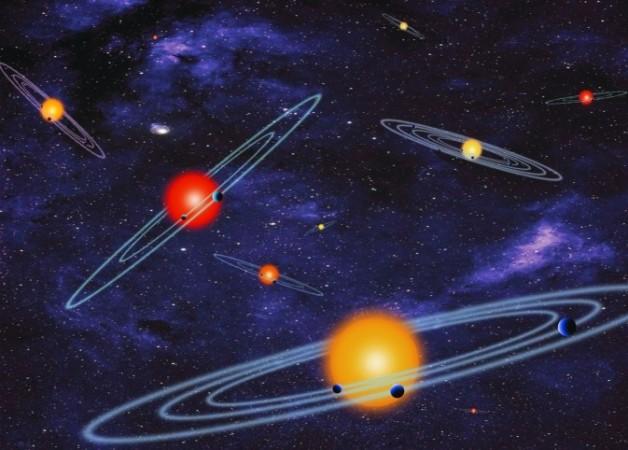
NASA announced on Wednesday, 26 February 2014, that it has discovered hundreds of unidentified distant planets outside the solar system through its Kepler space telescope. It has found 715 bodies orbiting distant stars, which NASA expects, might support life
The Kepler space telescope, on its planet hunting mission, brings the total count of known planets to about 1,700. "Four of these new planets are less than 2.5 times the size of Earth and orbit in their sun's habitable zone," explained NASA.
"What we have been able to do with this is strike the mother lode, get a veritable exoplanet bonanza. We have almost doubled just today the number of planets known to humanity," Sydney Morning Herald quoted Jack Lissauer, a planetary scientist at NASA.
The newly verified 715 planets are orbiting around 305 different stars.
"The writing has been on the wall for years now. Essentially, every star in the sky is accompanied by planets. It has to be noted that limited funds have been devoted to identifying and studying their properties. We haven't made the investment to get better data," Newsweek quoted Lee Billings saying. Billing is the author of 'Five Billion Years of Solitude,' which detail scientists' quest for habitable planets
Scientists are not sure about the composition of these planets and if they truly support life such as water and rocky surface. None of the new planets appear to be larger than the eminent Nepune, according to Kepler's report.
Four of these planets are potentially in the habitable zone of their stars and are just about the size of Earth, according to NASA.
"The Kepler team continues to amaze and excite us with their planet hunting results," said John Grunsfeld, associate administrator for NASA's Science Mission Directorate.
Kepler was launched in March 2009 and since then the space telescope observed about 150,000 stars, over 3600 of which are presumed to be planetary objects.











